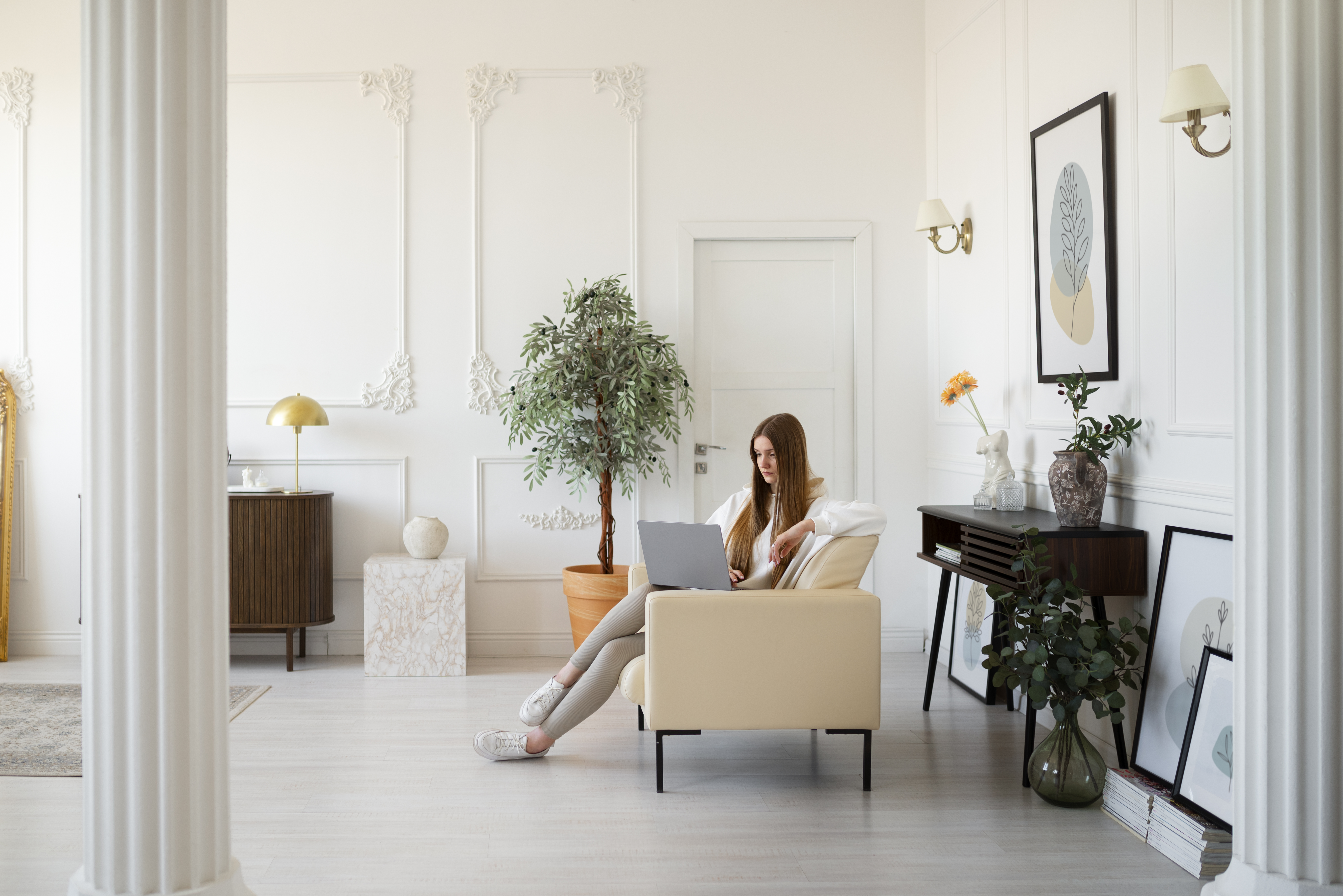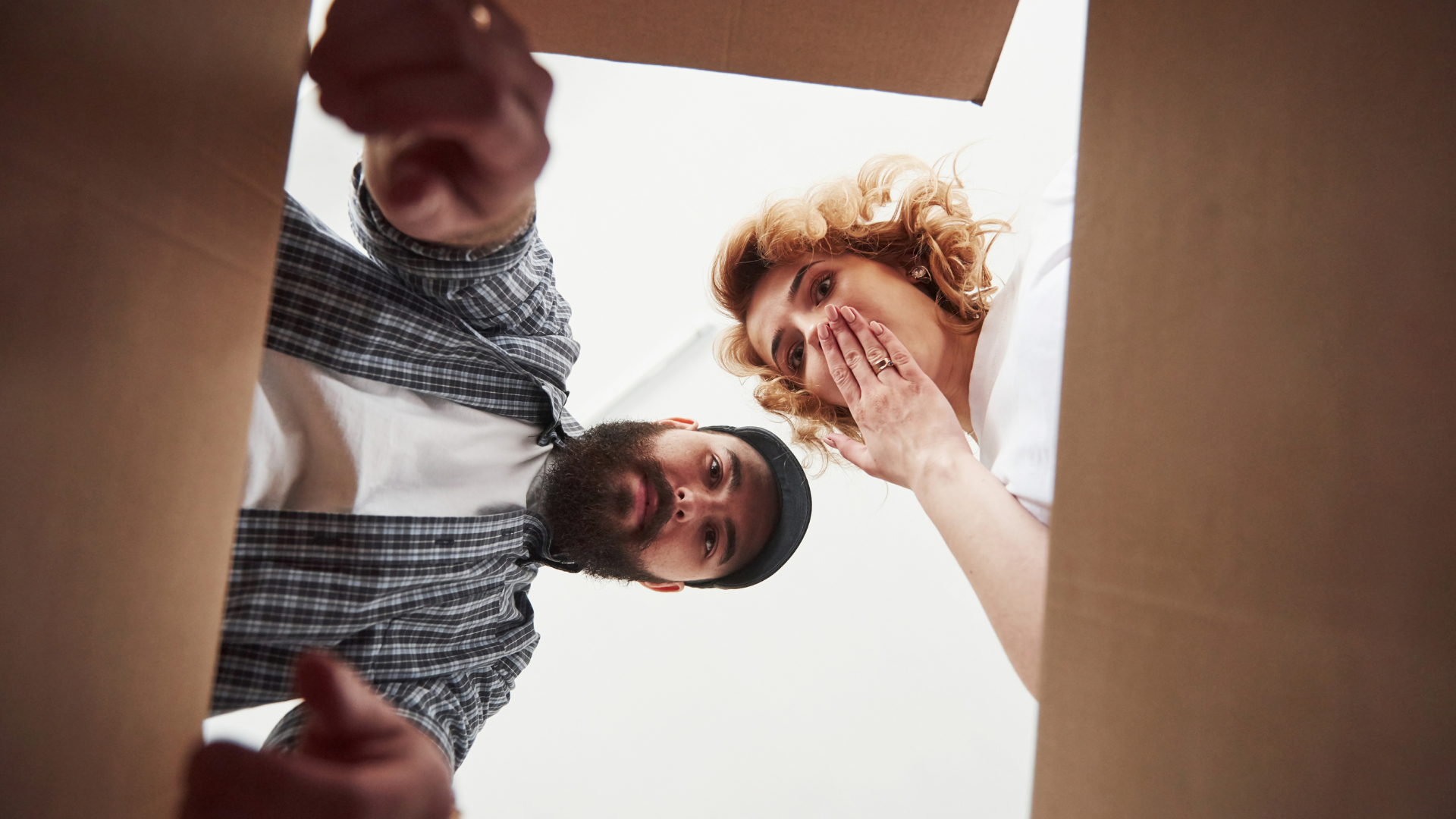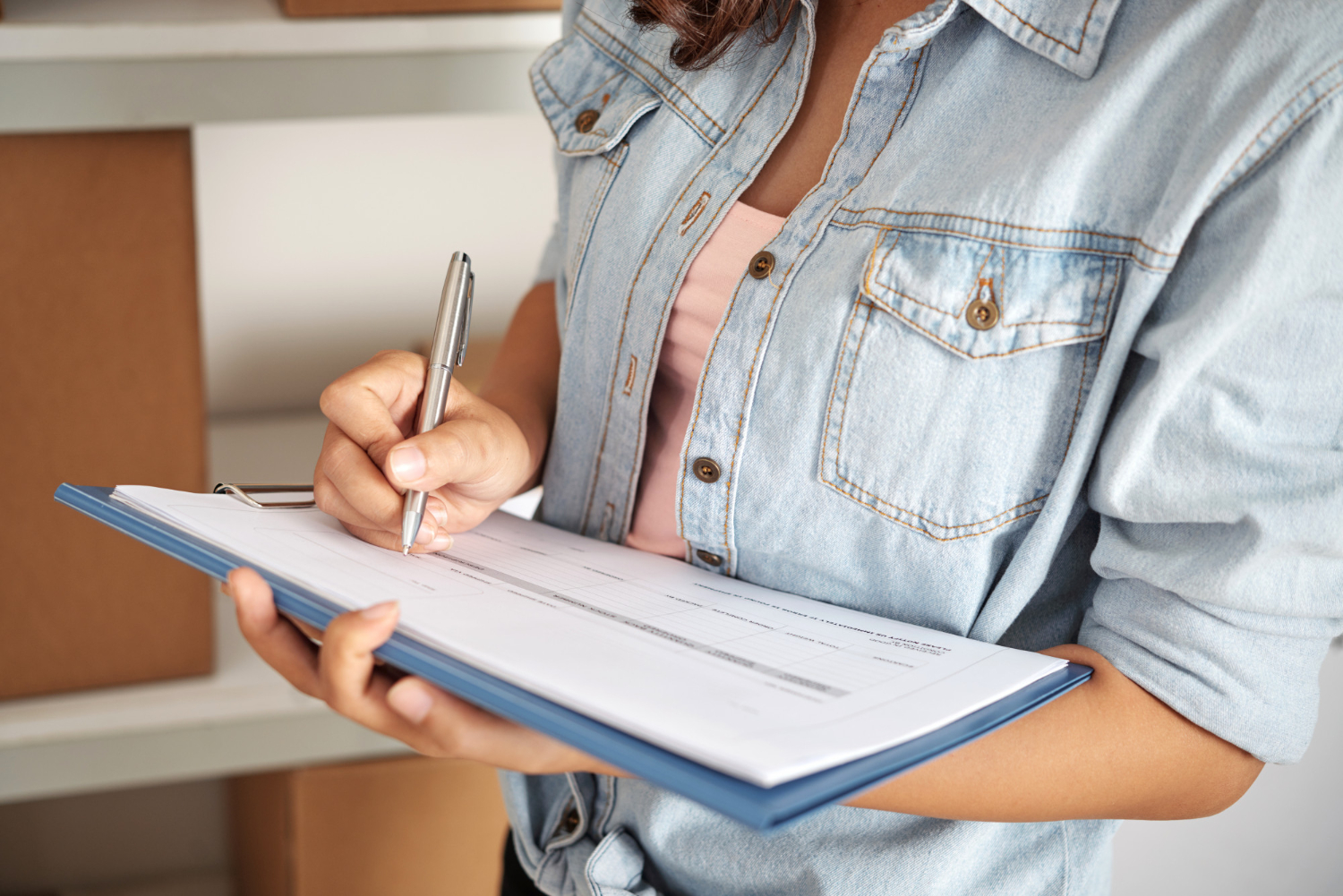How To: Pack For a Move
Top Tips:
- Purchase boxes, packing tape, permanent markers, and bubble wrap
- Declutter rooms, dispose of or donate unwanted or unneeded items
- Make an inventory list of items to go into each box and which room each box belongs to
- Start packing items you will not need early, make sure you reinforce the bottom of the boxes with packing tape!
- Keep a list of essential items you need to keep unpacked until moving day
It goes without saying that moving house is incredibly stressful. Between arranging moving trucks, movers, and moving checklists, you can also throw in the fact that it’s rather difficult to pack up all your belongings, all of the photos, and other significant memorabilia from years past and see all of your possessions tucked away into an array of brown coloured moving boxes.
Packing can sometimes seem as though it will take forever, and provide you with an abundance of stress that you do not need when going through the moving process.
People tend to put packing off because of this, which only causes added stress and a lack of time. So, to help get the ball moving here’s everything you need to know to pack for a big move.
Connect all your utilities in just 8 minutes
Connect your UtilitiesPreparing Early
It is important to leave yourself with enough time to complete the task, do a little at a time and the process will not seem as difficult, even start collecting boxes from the moment you decide on the move to the new house.
Before packing, it is highly recommended that you do a thorough cleanout, dispose or donate any unnecessary or unwanted items (do you really need that blue sequent jacket from that 80’s dress-up party 5 years ago?). Moving can be one of the most liberating feelings because it allows you to assess what you really need and what is just taking up space in your home.
Sturdy, stable cardboard boxes are a necessity. The last thing you want is to pack everything neatly into a box and have it fall out from underneath, possibly even break a toe! It is advised to reinforce the bottom of the box with packing tape to ensure they do not fall apart.
While you are at the store stocking up on packing tape, remember to get yourself a large permanent marker or two, labelling your boxes will be a lifesaver to keep yourself organised during the move as well as when you are unpacking.
Another important item to remember is bubble wrap. Fragile items should also be labelled ‘fragile’ for obvious reasons. Other packing materials (like packing paper or plastic wrap) should be considered while you’re at the shops too.

Art of the Craft
Now that your boxes and tape are ready, it’s time to get the packing supplies ready and start packing.
When packing, heavier items should always be at the bottom of the boxes. In addition to this, allow smaller boxes for heavy items such as books, and larger boxes for light items such as pillows and linen. As a general rule, do not pack boxes over 20 kilos, if you cannot judge the weight of your boxes, having a bathroom scale handy will help you with that. Try to fill each box to the brim, so that if you stack another box on top, the box will not cave in.
For those of you who are really organised (and this is highly advantageous), it’s a good idea to make an inventory list of items you plan on putting into each box. You can then label each box and keep track of what is where, this also makes placing boxes in their designated rooms easy for when you move in.
Important documents, as well as valuables and small breakables, should ideally be kept on your person while moving, moving companies usually will not hold responsibility for loss or damaged items.

Labelling and Unpacking
Start packing items that you will not need weeks before your move. When the final countdown starts and you are down to a week before the move, make a list of essentials you need to leave out of the boxes before moving (like a change of clothes or even a toothbrush, toilet paper, and all other sorts of toiletries).
These essentials will generally be needed for the first few nights in your new home as well, so they will be packed up last, and unpacked first. Keep these boxes labelled as ‘Essentials’, so that you do not have to sift through boxes on the first night.
Once all of your boxes and furniture have been delivered to your home, move each box into the designated room assigned to each box (as per your label). This makes unpacking and organising each room a lot easier. Rooms can get messy really quickly due to an unorganised unpacking regime.
With the correct organisation and packing knowledge, your move should go swimmingly! If you follow all the packing tips above, packing your items and keeping yourself stress-free should come easily.

If you do need your utilities connected, make sure to give MyConnect a ring on 1300 854 478, or get connected here.
Did you find that helpful? Here are some other articles we think you might enjoy:
- What You Should Know About Renting.
- What is the Average Time and Cost of Moving House?
- Rental Reference Letter: How-to-Guide for Tenants (with downloadable template)



 Justyn Harrison
Justyn Harrison 






